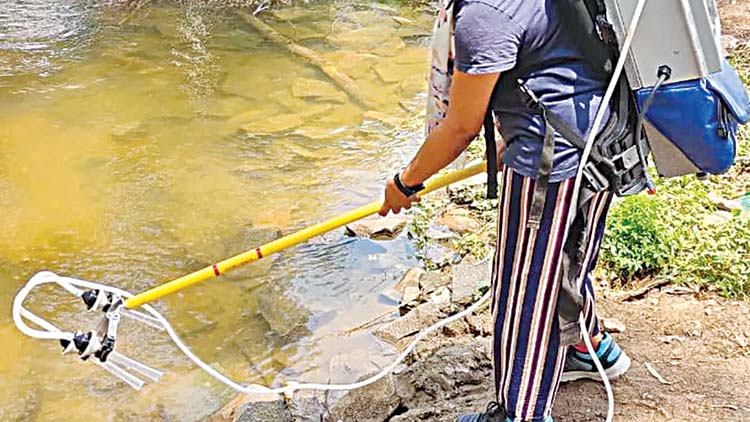Indian scientists have developed a new method to assess biodiversity using environmental DNA (eDNA). eDNA is DNA shed by organisms into their surroundings through natural processes. By collecting and sequencing eDNA from environmental samples, such as water, soil, or air, scientists can identify all kinds of organisms present in an ecosystem, including viruses, bacteria, archaea, fungi, plants, insects, birds, fish, and other animals.
The new method is cheaper, faster, and more scalable than traditional biodiversity assessment methods. It also does not require extensive taxonomic expertise, making it accessible to a wider range of scientists.
The researchers at the Laboratory for the Conservation of Endangered Species (LaCONES) at the CSIR-Centre for Cellular and Molecular Biology (CCMB) in Hyderabad developed the new method. They tested it in the highly biodiverse wetland ecosystem of Chilika Lagoon in Odisha, the country’s largest brackish water lagoon. By comparing over 10 billion sequences of eDNA fragments from multiple seasonal samples with a large database of reference sequences from all the known species, the researchers were able to detect organisms across the tree of life.
The researchers found that the total taxonomic diversity of Chilika Lagoon is about 1,071 families, comprising about 799 families of eukaryotes, 230 families of bacteria, 27 families of archaea, and 13 families of DNA viruses.
The new method has the potential to revolutionize biodiversity monitoring and conservation efforts. It can be used to track changes in biodiversity over time, identify areas of high biodiversity, and detect invasive species. It can also be used to assess the impact of human activities on ecosystems.
